Have you heard of Yerba Mate plant?
I love travelling! I always discover something new! Last week I visited Barcelona. What a wonderful city.
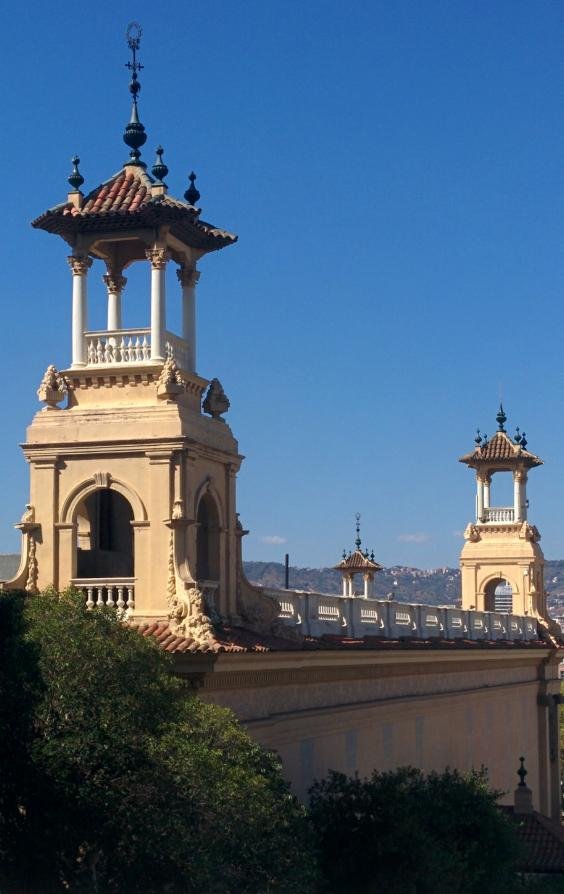
I was lucky enough to have a friend there which offered to accommodate me. He is a very outgoing person and loves people. And so he lives with three Argentinians. When he went off to work and I was hanging out with one of his roommates.
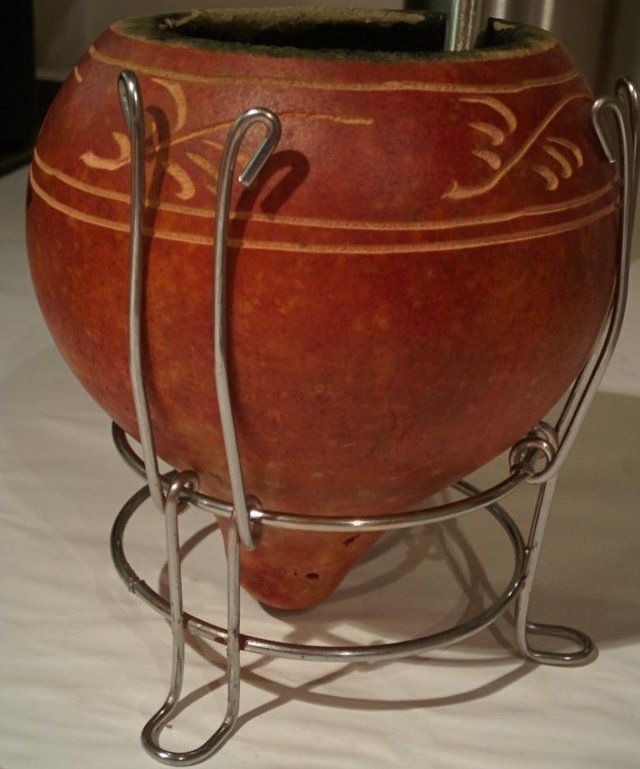
One morning I noticed a strange looking cup on the table. It was wooden and its bottom was covered in leather. I didn't know what was the peculiar cup used for. It was filled with some kind of herbs. Later that day I saw Nacho, one of his roommates, pouring hot water in it and then drinking from it using a straw. Afterwards he filled it again and passed over to me. It burned my tongue a little as I was not used to sucking hot water through the metal straw. Still I found it interesting. Quite different from what our tea ceremony. The taste was similar to tea only a little bitter. He said it is part of Argentinian tea culture and that it was called mate.
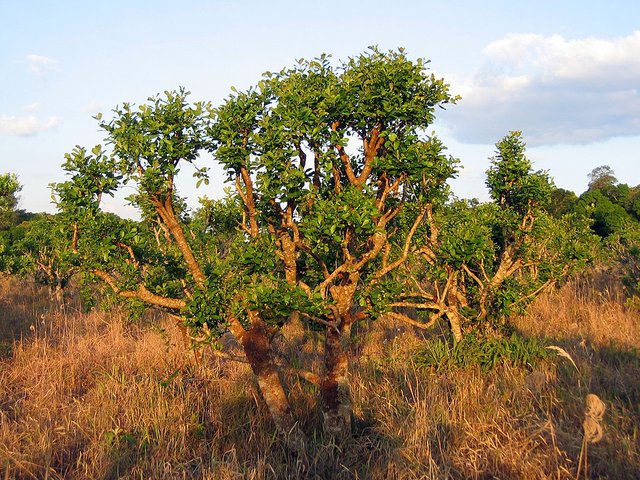
Source: wiki
Mate (Spanish Yerba mate or Portuguese erva-mate) is a plant which originates from subtropical parts of South America. It grows as a bush or a little tree and can grow up to 15 meters in height.
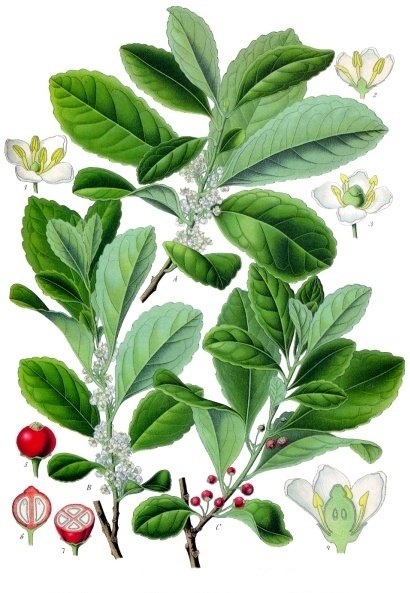
Source: wiki
It is successfully grown in Argentina, Chile, Paraguay, Uruguay and Brazil. Mate has little green white four petal flowers. It also bears fruit in the form of little red berries.

Source: wiki
Mate tea
Biggest consumers of mate tea are also the countries of its origin. Growing mate in other parts of the world which have similar climates was not successful so far.
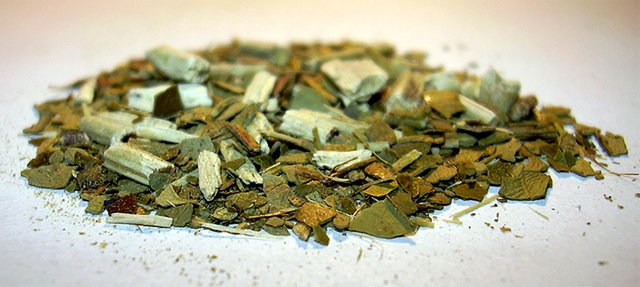
Source: wiki
In the language of Quechua, Mate originally means drinking cup. Mate was a well established tradition of Latin America long before the colonization. A large number of people in South America today frequently drink Mate. In Argentina, as far as I could hear from Nacho, everyone drinks a cup of mate at least once a week. And their annual consumption of Mate is around 6 kg per citizen.
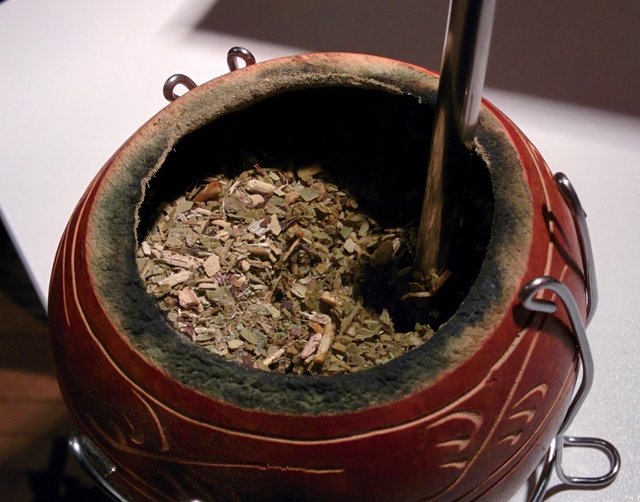
It is traditionally prepared in special wooden cup and is drank directly from it using a metal straw called bombilla.


But it is not a type of straw that first comes to mind, but rather a nicely refined one, enabling you to drink tea without the herbs entering your mouth. Two thirds of the cup should be filled with herb, then its opening is covered with hand and shaken. Afterwards it is opened under a 45 degree angle so that most of the Mate is on one side. In the leftover hole a little bit of cold water is poured and left soaking. After few minutes, hot but not boiling water is poured in. It is again left to sediment and then the first Mate is ready to drink.
First mate is very strong and usually the person who made it drinks first. I realized that when I prepared the first one myself. It was strong. I didn't expect as I haven't drank the first round during my stay in Barcelona. After you drink all the water, you pour the water in again and pass it to next person. Action is repeated until the beverage becomes too weak.
Properties
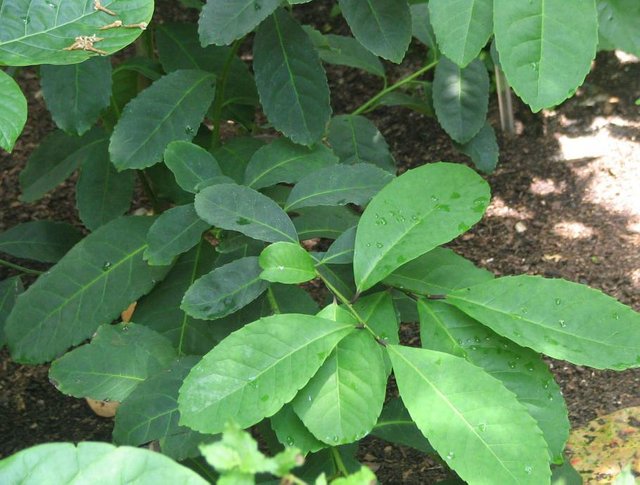
Source: wiki
Fresh leaves contains around 0.5-2% coffeine, around 0.1 to 0.2 Theobromine, Theophylline and 5 to 15% of Tannin. The tea has yellowish green cover and contains coffein, theobromine, chlorophyll, eteric oil and vannilin. It also contains vitamins A, B1, B2 and C.
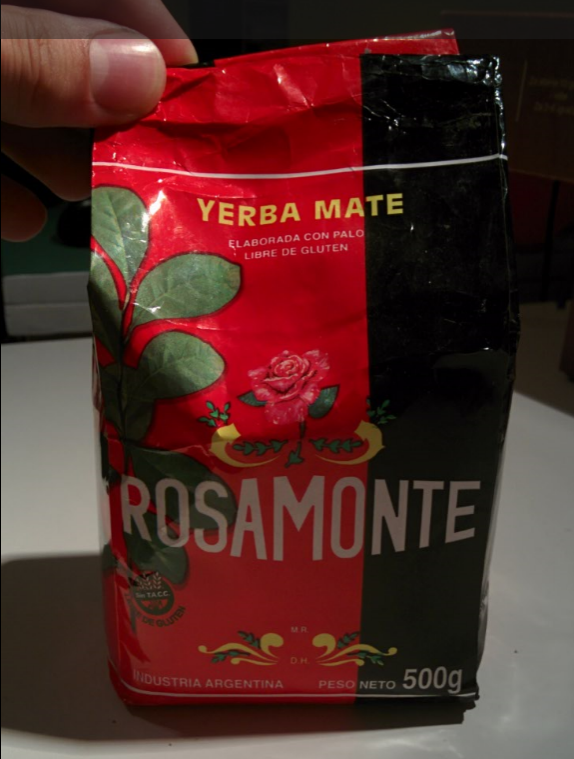
Matea tea has some medicinal properties:
- stimulates nerves, muscles and general metabolism
- has diuretic properties
- stimulates digestion
- increases sweating
- based on the amount of coffeine it reduces fatigue
- also reduces apetite so it can be use for losing weight (1h before meal)
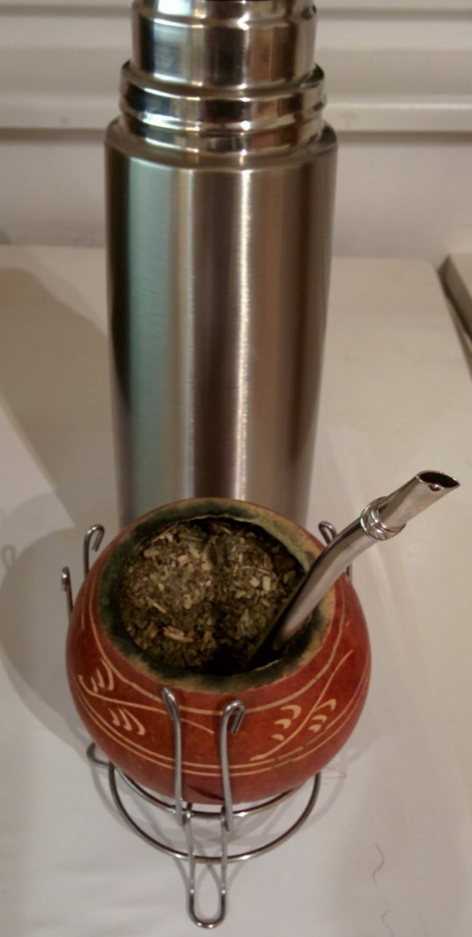
In terms of caffeine, it is weaker then tea and coffe. I liked it because it is similar to tea, and because I could drink it a little bit longer than a usual cup of tea. Usual practice is filling the vacuum flask so that you don't have to run around constantly. I got so used to drinking mate during my stay in Barcelona that I decided to buy it as a souvenir from a journey that will always remind me of Argentina and Barcelona.
It costs around 2€ per kg in Argentina, and I saw it being sold 5 times the price here in Croatia as weight loss help.
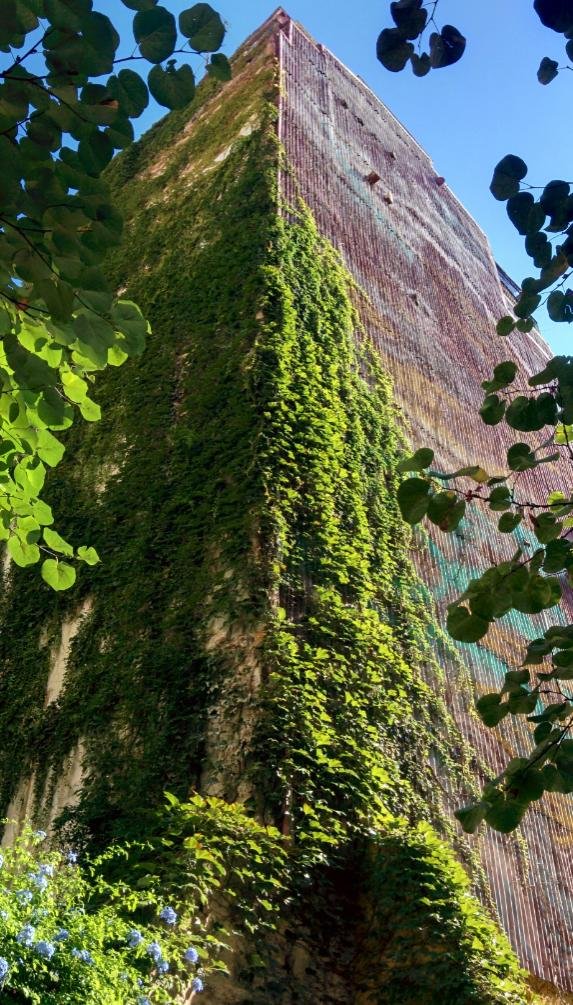
It's funny how one man's tradition is another man's diet product.
In the end I will leave you with an unconventional photo of Barcelona.
Thank you for reading.
I'm not a tea drinker, this is unusual never heard of it . :)
I enjoyed reading this. I live in Venezuela and though it is not as popular here as it is in Argentina, I have seen these cups many times. You have inspired me to try this drink/custom.
Thanks @eneismijmich. upvoted and followed
That was the point! Share the customs. :)
Thank you for your reply.
That is interesting. I always thought it was stronger than coffee and tea. That is a funny last line, one man's diet product. That is the direct correlation I think about Yerba when living in the US. I guess I need to stop watching so much TV and commercials. Thanks for the info and explanation.
I have seen these hanging around at a few online places but never really knew much about them, thanks for the detailed info. The volume of herb you add is rather surprising.
It is very interesting to me was to learn about the Mate tea. I had to get acquainted with it. To learn more about this. I would like to re-read that to get acquainted with the different parts of the post. Post deserves attention. The material is presented correctly. It describes the problem well. The material presented in the post, appears clearly to our consciousness. Thank you pay attention to it.
Hello, @eneismijmich. Im from Brasil, and here (in south of Brasil) drink erva-mate is an habit. We call this "Chimarrão", drink chimarrão... Its perfect by the morning or at the end of the day. Soon as possible i want write about this culture of erva mate in my country.